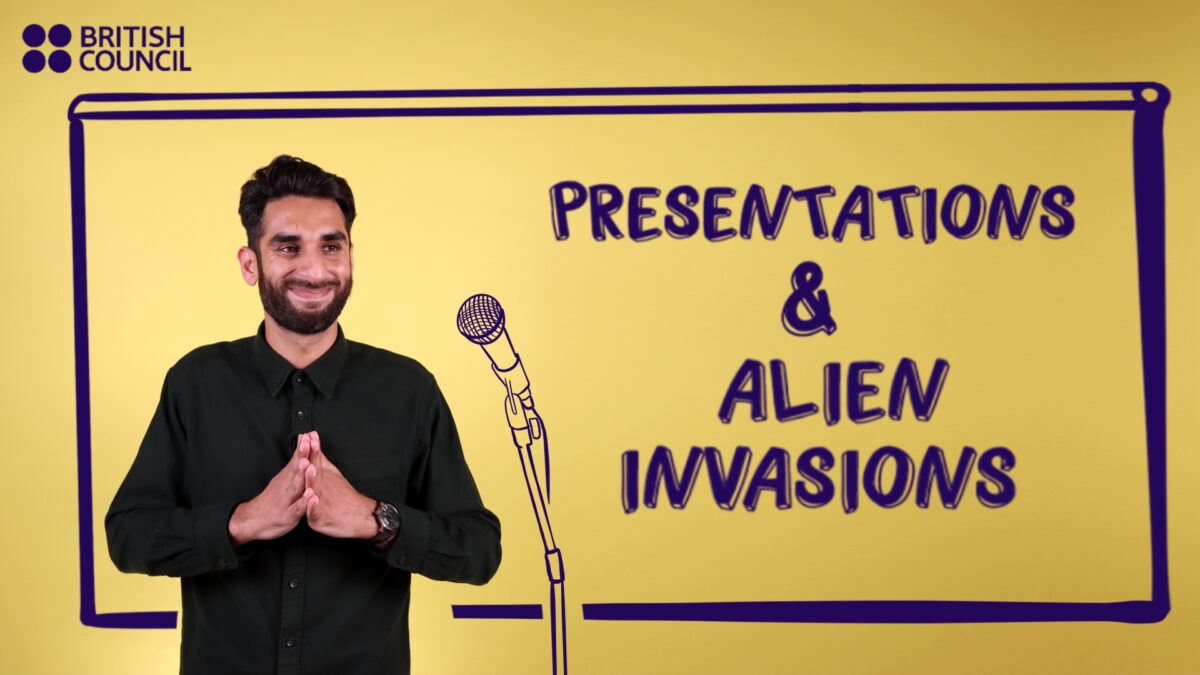Crafting a CV for Tech Roles: Essential Tips for Success

Creating a tech CV can feel like a challenge, especially if you’re not sure what employers expect. But don’t worry, this guide will help you craft a CV that stands out in the tech industry.
Whether you’re applying for a web developer position, a role in software engineering, or any other technical roles, discover how to highlight your skills and impress hiring managers.
What the tech industry looks for in a CV
When it comes to tech jobs, employers want to know if you can meet their needs and what makes you stand out. They’re not just looking for someone who knows the basics. They want to see what makes you unique and valuable to their team.
And it’s not just about your technical skills, soft skills like communication and teamwork matter too. Employers want to know that you can work with others, solve problems, and adapt to new challenges.
They’re also looking for proof. Whether it’s projects you’ve worked on or certifications you’ve earned, showing real examples of what you can do makes all the difference.
A great tech CV balances your skills and experience while highlighting what sets you apart. Show them why you’re the right fit, and you’ll make a strong impression.
Structuring your tech CV and showcasing your skills
A well-organised CV is easier for a hiring manager to read. Here’s how to structure it:
Personal statement
Start your CV with a short, engaging summary that highlights your value. Use this space to show your years of experience, your top skills, and what you bring to the role. Be specific and concise.
Tip: Tailor this section to the job you’re applying for. Review the job description and summarise the key skills, experience, and qualities they value most, showing how you match them. For example:
“Experienced web developer with five years’ experience building scalable applications for e-commerce. Excited to bring my skills in React and Python to the XYZ team.”
Work experience
List your past jobs (starting with the most recent) and focus on measurable results. Use bullet points to break down your achievements in a clear and easy-to-read way.
Tip: Focus on what you achieved, not just what you were responsible for. Make each bullet point count by starting with an action verb, describing the task, and including the result. For example:
- Improved website performance by 30% by optimising backend code.
- Designed a customer dashboard that reduced support tickets by 15%.
Employers want to see how you made a difference, so try to avoid vague descriptions and highlight what you have actually achieved.
Certifications
This section shows your commitment to growth and proves your knowledge in key areas. Include certifications that are relevant to the job, like AWS, Microsoft Azure, or coding bootcamps.
Tip: If you don’t have certifications, highlight online courses, workshops, or other learning experiences. For example:
“Completed Google IT Support Professional Certificate, covering Python scripting and automation.”
Add expiry dates if your certification is time-sensitive, to assure the employer it’s up to date.
How to customise your CV for technical roles
Here are some creative approaches to tech CVs that can make you stand out while still highlighting essential skills.
Note: While creative CVs can make you stand out, be sure to consider the company culture and industry standards. Some employers may prefer traditional formats, so always research the organisation before deciding on a creative approach.
Interactive online CVs
An interactive online CV allows you to demonstrate your technical skills directly. By building a personal website that features your projects and experience, you give employers an engaging way to explore your qualifications. This approach is particularly effective for web developers and designers, as it showcases your ability to create user-friendly interfaces.
Infographic CVs
An infographic CV uses visual elements to represent your skills, experience, and achievements. By including charts, icons, and timelines, you can present information in an easy way that’s nice to look at. This approach is suitable for technical roles that value design and creativity.
Video CVs
A video CV allows you to introduce yourself and highlight your skills through a short video presentation. This approach can work well for roles that require strong communication skills and a dynamic personality.
Want to stand out in the competitive tech industry?
With British Council English Online, you’ll gain the skills and confidence to communicate effectively in technical roles. From mastering industry-specific terminology to improving your presentation skills for interviews, our courses are designed to help you succeed.
Start with a 7-day free trial and enhance your professional communication with our tailored Business English courses




